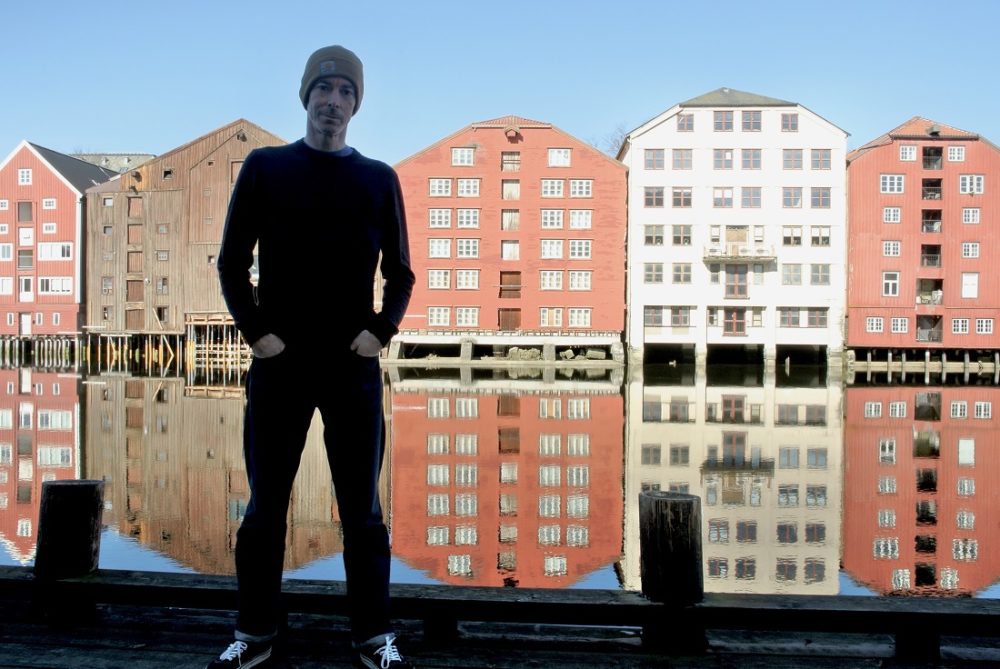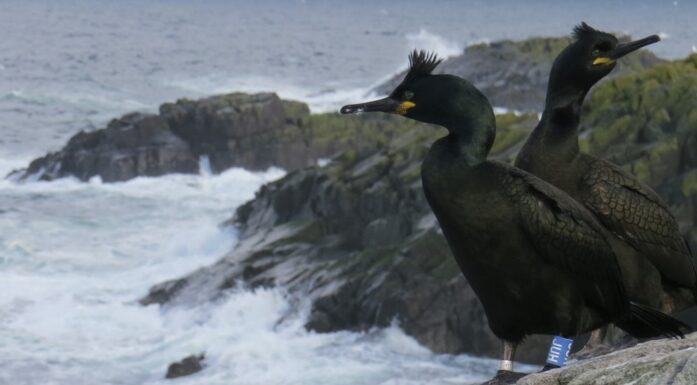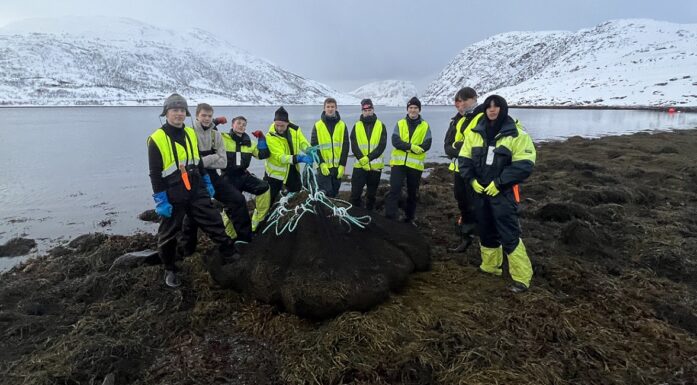ERC Grant aims to figure out the cost of survival
DNA from sticklebacks that is thousands of years old could provide answers to one of the great questions of evolution. The EU is supporting the research with over 600.000 euros.
DNA can survive for millennia following the death of the organism itself. Analyses of ancient genetic material from different eras give us a unique window into the development of biological diversity. They also allow us to test hypotheses related to the evolutionary response to ecological change.
This is where the stickleback comes into the picture. This fish could help researchers find answers to one of the great questions in evolution: Is there a mutation cost in natural selection?
If you didn’t fully understand the question, you’re probably not alone. Let’s explain a little bit before we bring the stickleback back to the table.

Associate Professor Andrew Foote has been awarded a personal ERC Consolidator Grant to conduct his research. Photo: Private
Support from the EU
“Most mutations aren’t beneficial, but in nature, harmful mutations are cleared away through natural selection. This is because they have poorer reproductive success or higher mortality,” says Andrew Foote.
Foote is an associate professor at the NTNU University Museum. He has now received more than 600.000 euros in support through the EU’s prestigious ERC grant to investigate the topic further.
“When a population is really small – for example when a species colonizes a new habitat for the first time – the evolutionary pressure is very weak. Harmful mutations are less likely to be removed through natural selection.
More about ERC grants
The European Research Council (ERC) was established by the EU in 2007 and is the leading European funding organization for outstanding research. Every year, ERC funds the very best creative researchers to run projects based in Europe.
- ERC scholarships are divided into Starting, Consolidator, Advanced and Synergy Grants.
- The ERC has funded over 9500 top researchers and over 50 000 postdoctoral fellows, PhD candidates and other staff who work on their research teams.
- ERC strives to attract top researchers from around the world to come to Europe.
- ERC is led by an independent governing body, the Swedish Research Council.
- ERC has been part of the EU Horizon 2020 programme and continues as part of the Horizon Europe framework programme.
Mutation cost in natural selection
Foote takes a closer look at this issue in his project. When a species colonizes a novel habitat, natural selection can cause a higher frequency of harmful mutations. This occurs despite the fact that individuals with favourable characteristics have greater reproductive success and lower mortality here as well.
We won’t delve too far into the details of this process, as it involves somewhat hard-to-explain concepts like effective population size and genetic drift.
In short, we can say that the success of some individuals causes the population to lose its genetic variation faster, resulting in harmful gene variants that come along for the ride to become more prominent in the population.
“This means that adapting to a new environment through natural selection can be accompanied by a mutation cost,” says Foote.
Ecological and evolutionary time machines
In his work, Foote looks mostly at three-spined sticklebacks, which have managed to transition from salt water to fresh water. His choice of species is no coincidence.
When these fish go from salt water to fresh water, the same types of evolutionary changes occur. The sticklebacks lose the bone plates that cover their body, which means that they can grow faster and thus survive colder winters. Many studies also inform us as to which mutations create the changes in the fish.
Foote combines his knowledge of the stickleback’s biology with sediment samples taken by the Norwegian Geological Survey (NGU). These samples show when lakes were formed as Norway rose following the last ice age.
“We can sequence archaeological DNA from these sediment samples, which enables us to track the rate of adaptation over time and through the ecological transformation from salt water to fresh water,” Foote says.
“In this context, the sediment samples essentially become an ecological and evolutionary time machine for three-spiked sticklebacks. We’re also able to estimate the accumulation of harmful mutations, which is crucial to this project.
Learning about the effects of climate change
Foote explains that the project will provide important information for understanding the effect of climate change on the health of a population, especially when it has moved to new areas and habitats.
Harmful mutations can cause a number of diseases and have major consequences for a population. The hope is that this study will not only help us understand this effect, but also contribute some solutions.





